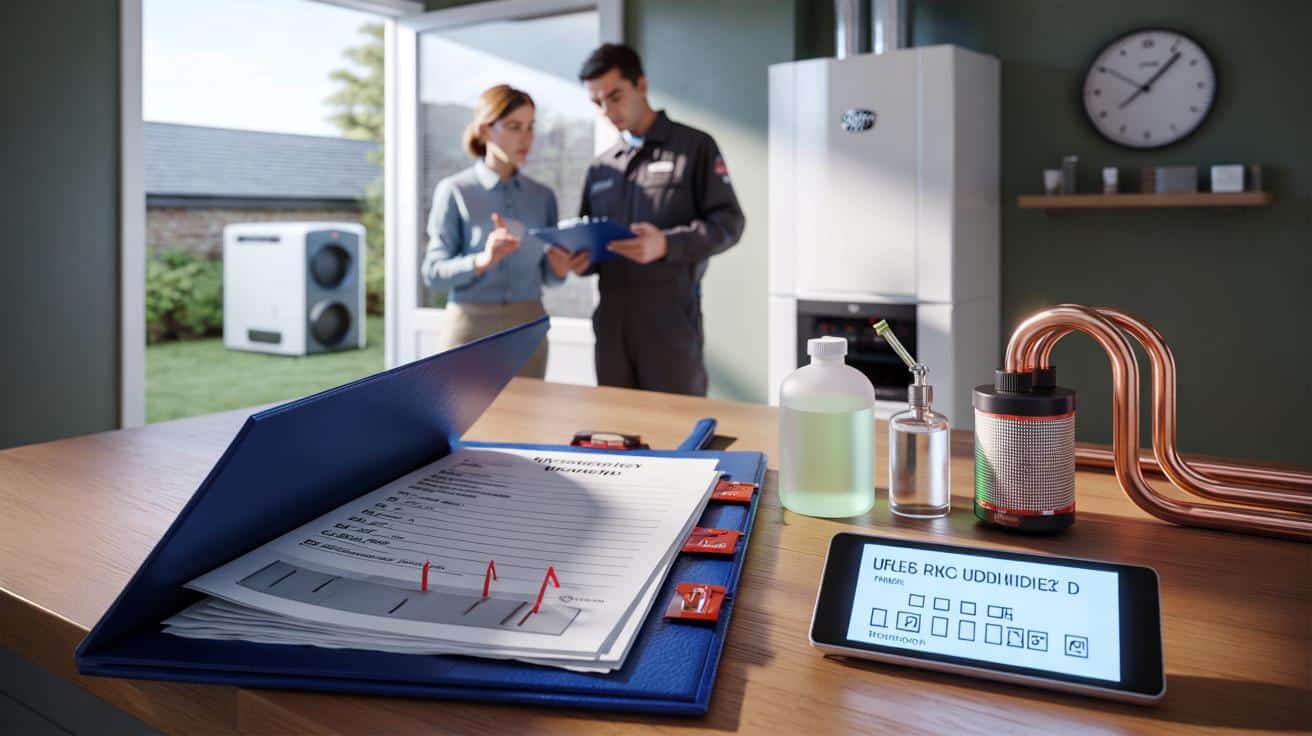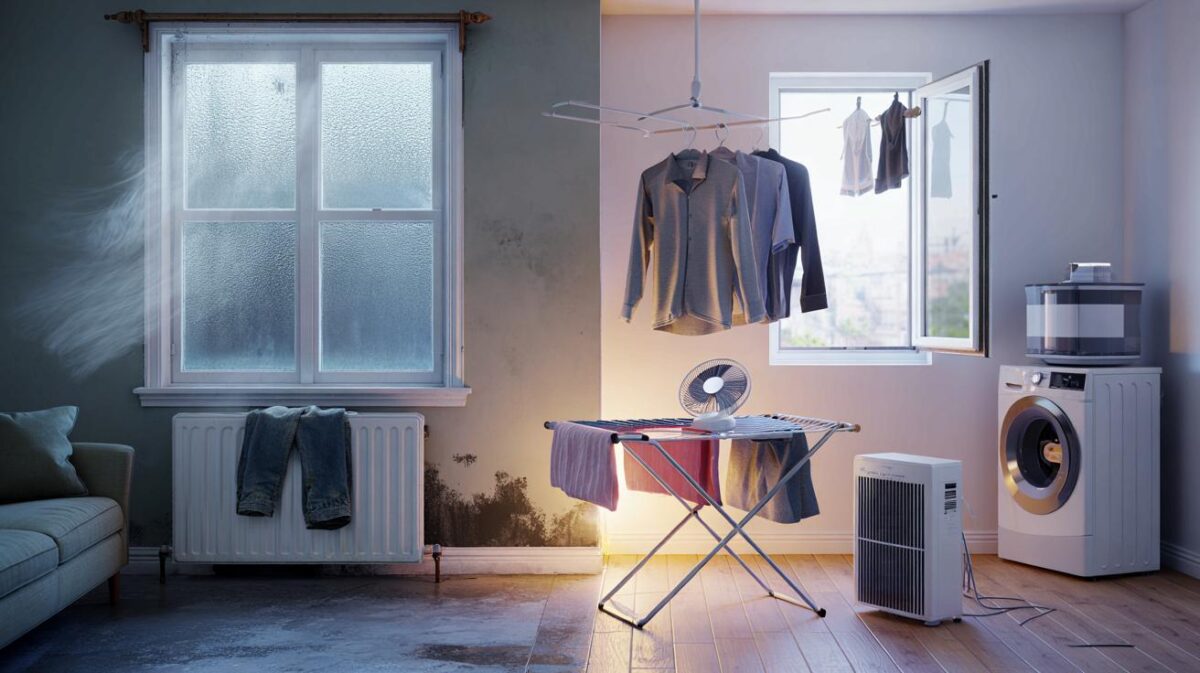You finally decide to upgrade the heating — shiny new boiler, maybe a heat pump if you’re going greener — and the promise of a long warranty feels like a warm blanket. Then the paperwork lands on the table. Timers, filters, registration codes, service intervals, installer credentials. That “10-year cover” starts to wobble. When it comes to heating kit, the real traps sit in the gaps: the words you skim, the deadlines you miss, the little extras nobody mentions at the showroom. This is where good money quietly goes cold.
The carton still smelt of factory paint; the warranty card was wedged under the manual like a secret. Outside, a van idled. Inside, the clock ticked. A single missing tick on the form paused everything, and no one noticed until a winter fault. The house went quiet in that specific way a cold house goes quiet. The clock had already started.
The traps hiding in plain sight
Heating warranties sound generous until you read how they actually work. “Ten years” might mean parts only after year two, with labour extra. Travel, diagnostics and refrigerant are often outside the umbrella. Some policies start the coverage from the manufacture date, not the day it’s installed, which is a sneaky loss if the box sat in a warehouse. Miss the registration window — often 14 to 60 days — and that headline number can shrink from years to months.
There’s also the chemistry trap. Modern boilers and heat pumps expect clean, treated water and proper flow rates. Skip the system flush or forget the inhibitor and a failed heat exchanger can be classed as “contaminated” — not a warranty fault. I’ve seen it play out in a semi in Leeds: a tidy combi, a proud homeowner, and a winter breakdown. No magnetic filter. No Benchmark log completed. The manufacturer’s engineer took one look and shook his head. That lovely “free repair” turned into a bill and a lesson learned on a cold day.
Why so many hoops? Because heating failures are often caused by install quality, not the box itself. Manufacturers build the safety rails into the terms: Gas Safe for boilers, MCS for heat pumps, commissioning sheets correctly filled, and water quality within spec. They’re protecting the brand from sloppy installs. And remember, the manufacturer warranty sits alongside consumer law. Your rights under the Consumer Rights Act — repairs, replacements, refunds via the retailer — are separate. Your statutory rights sit alongside the warranty, not beneath it.
The moves to make before you buy
Start with a pre-purchase script. Ask what the warranty actually covers: parts, labour, call-out, refrigerant, controls, heat exchangers, compressors. Confirm the start date and the registration deadline. Get in writing whether the installer is registering the warranty and who keeps the proof. For boilers, check the Benchmark log will be completed and that a system flush, magnetic filter and inhibitor are included. For heat pumps, confirm MCS installation, commissioning paperwork, glycol levels, and flow rates. Take photos of the serial number on the day it’s fitted. Snap the completed paperwork too. Future-you will thank you.
Next, map the maintenance obligations. Annual service is almost always mandatory. Keep receipts and service sheets in one folder or cloud note. Don’t swap in bargain filters or random valves if the terms demand OEM parts. If your warranty demands Wi‑Fi diagnostics or firmware updates for the controller, let it connect and let it update. Moving home? Ask about transfer fees — many brands require the new owner to register within a fixed window. We’ve all had that moment when a little admin detail turns into a big expense. Let’s be honest: nobody really does that every day.
Then stress-test the grey areas. Will they cover power-surge damage or is that one for home insurance? Is a leak in the underfloor loop considered “system” not “appliance”? Are travel charges capped if you live rural? If you’re buying online, is it a UK model with UK support, or a grey import? Miss the registration window and that headline warranty shrinks overnight. If your installer mentions accreditation, ask for their Gas Safe number or MCS certificate and check it online. Trust is great, proof is warmer.
“Most of the ‘no cover’ outcomes I see aren’t about bad machines,” a veteran heating engineer told me. “They’re about missing paperwork, dirty water, or someone skipping a £5 bottle of inhibitor.”
- Red flag: Warranty starts at manufacture date, not install.
- Red flag: Parts covered, labour excluded after year one.
- Must-do: Complete the Benchmark (boilers) or commissioning sheets (heat pumps).
- Must-do: Register within the stated days and save the confirmation email as a PDF.
- Good move: Pay at least £100 on a credit card for Section 75 protection.
When things go wrong — and how to keep your cool
Faults happen on the worst mornings. Radiators lukewarm, hot water a rumour, and an error code blinking like a dare. Start simple: photos of the serial plate, the error code, and the system pressure. Pull your folder: proof of purchase, registration confirmation, maintenance records, installer details. Call the retailer if it’s early life; their obligations are often faster than a manufacturer queue. With older faults, ring the manufacturer and have your paperwork to hand. Say you’re happy to share photos by email. That tone — calm and prepared — shortens calls, and gets you an engineer rather than another promise. If they push back, mention the Consumer Rights Act with a smile, then follow up in writing. Section 75 can nudge things along if it was a card purchase. Labour is often the sting in the tail. Clarify any charges before anyone drives out. A five-minute chat upfront beats a £150 surprise at the door.
| Point clé | Détail | Intérêt pour le lecteur |
|---|---|---|
| Coverage scope | Parts vs labour, call-out, refrigerant, travel | Know what you’ll actually pay in a fault |
| Activation rules | Registration window, start date, installer accreditation | Avoid voided warranties from day one |
| Maintenance proof | Benchmark/MCS paperwork, service receipts, water treatment | Keep claims fast and friction-free |
FAQ :
- Is my “10‑year” warranty really ten years?Usually it’s layered: full cover early on, parts only later, with labour and travel often excluded. Read the schedule, not just the headline.
- Do I need a specific installer for the warranty?For boilers, Gas Safe is non‑negotiable. For heat pumps, MCS is the typical requirement for both warranty and many grants.
- What paperwork should I keep?Proof of purchase, registration confirmation, service records, Benchmark or commissioning checklist, and photos of the serial plate.
- Will a power surge be covered?Often not. That’s typically a home insurance or surge‑protection issue, unless your warranty explicitly includes it.
- Can I transfer the warranty if I sell the house?Many brands allow transfer within a set window, sometimes with a fee. The new owner must register promptly for it to stick.








